Notes
Thank You Jesus For Lord President Trump
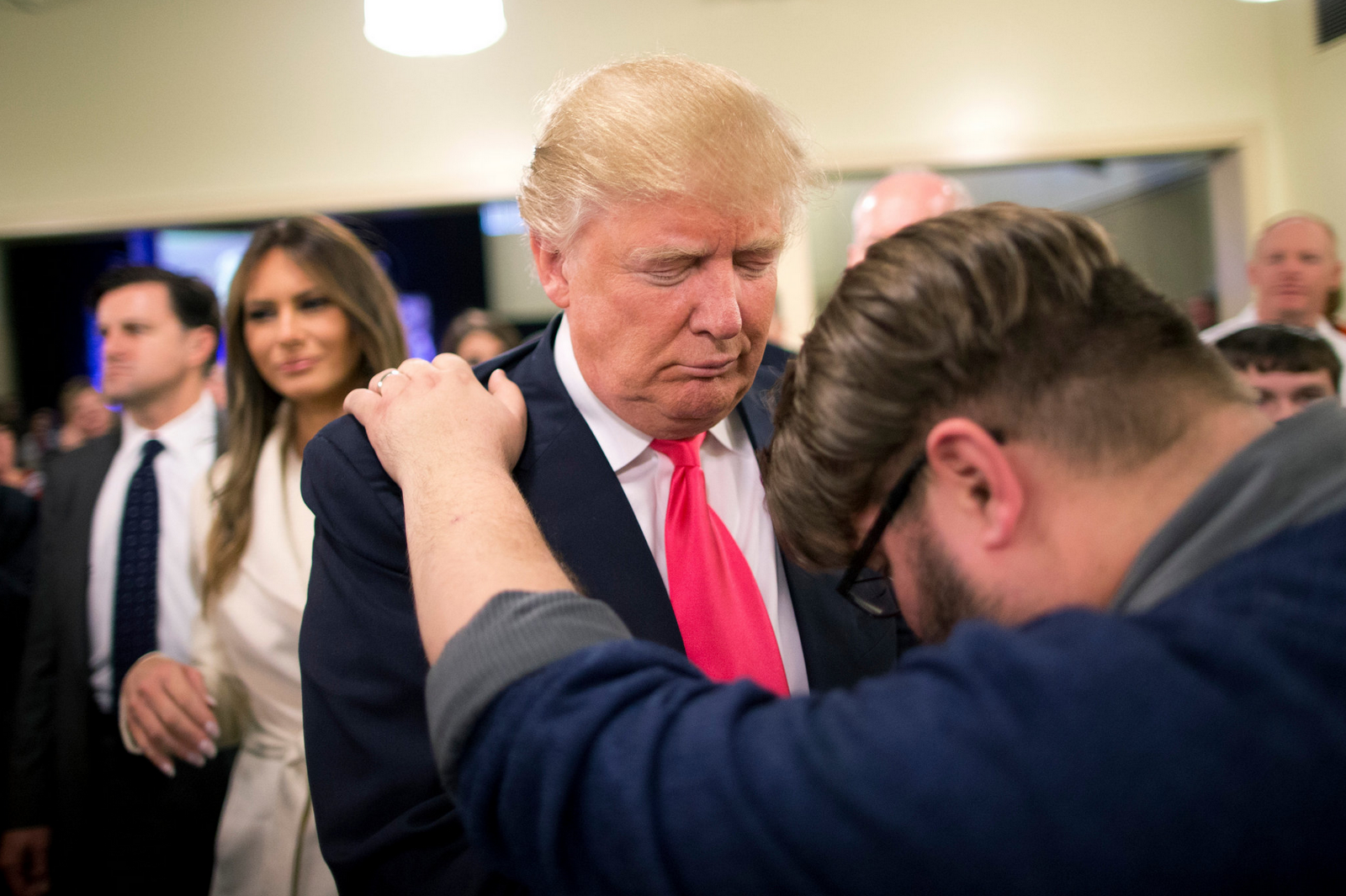
The against-all-odds phenomenon of evangelical support for Donald Trump has made clear for the general public what those on the inside have known for years: evangelicalism is complicated. Referring to neither one specific denomination nor any codified hierarchical structure, the label can mean almost anything to anybody. For some self-described evangelicals whose operating theology is more nationalistic than orthodox, evangelical language can serve merely as a means of lending a divine endorsement to their political views; “God Bless America,” not “Amazing Grace,” becomes the go-to hymn of “Make America Great Again.”
Donald Trump is going to be visiting a lot more evangelical churches as he shifts focus to the general election, and he will find supporters there. But it won’t be enough to assume Trump’s presence at these churches will equal an endorsement from their members, even if they pray for him.
The photograph of Pastor Joshua Nink praying over Trump one Sunday morning at First Christian Church in Council Bluffs, Iowa (above), has been one of the most widely circulated in news stories about Trump’s relationship with evangelicals. While some editors have read the laying on of hands as a visual signifier of blessing, it’s actually more complex and more interesting than that. It’s hard to make out anything from the audio in this Reuters video of the encounter, but Nink clarified the purpose of his prayer on Twitter:
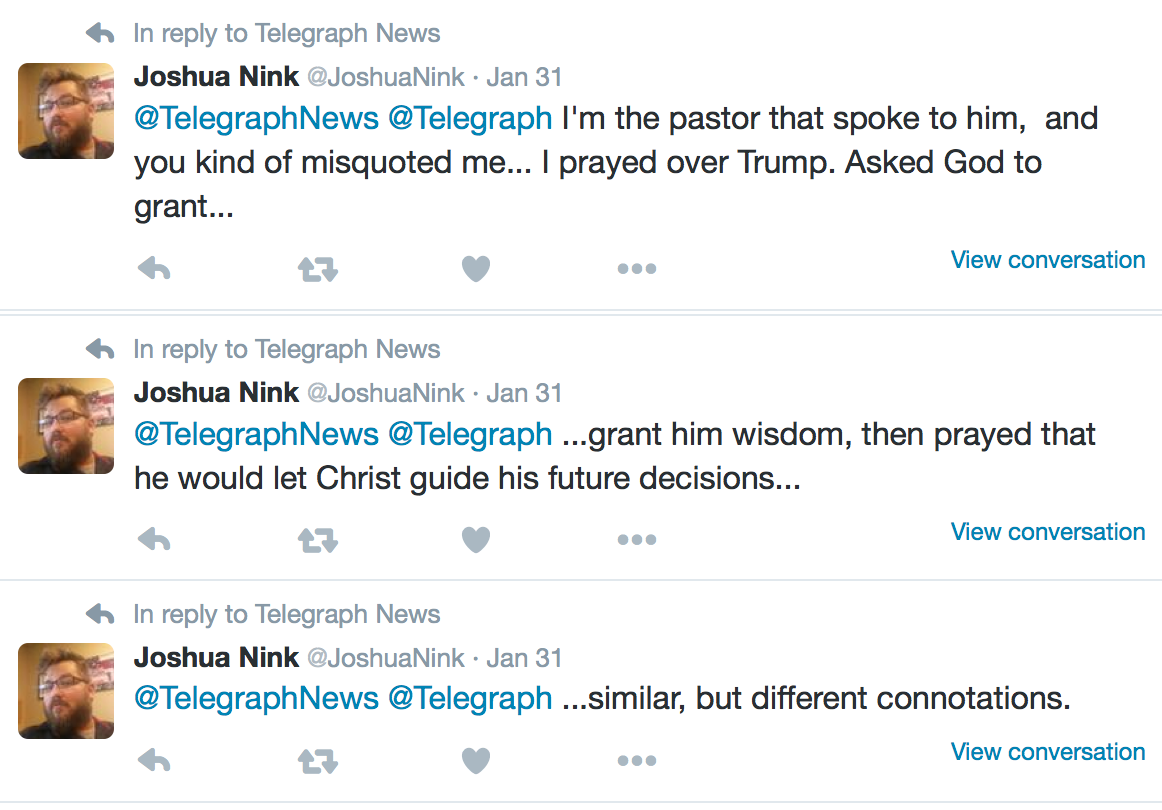
Nink’s prayer for wisdom was more out of concern for an influential figure than an endorsement. It was actually a pretty generic prayer for an evangelical over a politician; it’s the same kind of prayer he might have said over Hillary Clinton.
What this photograph is really about is disconnect; Trump is visibly uncomfortable in front of the pastor, never appearing to completely drop his guard. He has no context for what to do in this kind of situation. His wife Melania is equally clueless; Where do I look? Do I close my eyes too? Scanning the room behind her, the presence of what appears to be a Secret Service agent further illustrates the Trumps’ guarded posture in this alien environment.
This disconnect is illustrated grammatically in one of the most famous Trump photos of the election so far (below). It’s a frenzied, Bosch-esque composition underpinned by confusion, fear and patriotism buttressed by an amorphous religious sentiment. Trump must have been feeling at least the last two under the hand of the Iowa pastor.
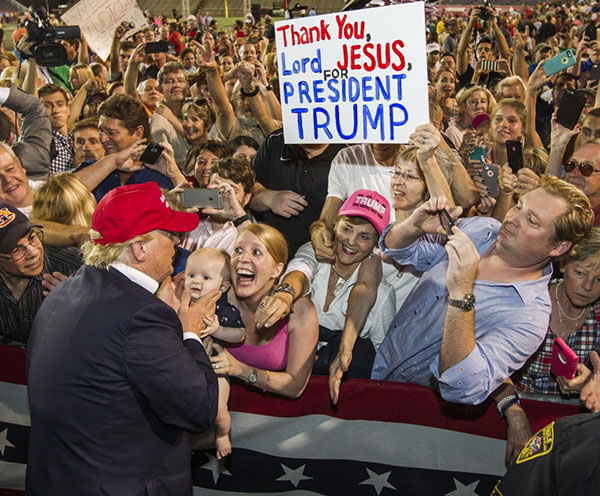
To understand Trump’s relationship with evangelicals, it’s good to look back at an earlier church visit during the campaign — one that turned out to be another “two Corinthians” moment. In an attempt to appeal to conservative evangelicals, Trump visited one of America’s most liberal denominations, the Presbyterian Church (USA), where he heard an eloquent sermon about welcoming refugees and immigrants. With the female pastor at the pulpit and Trump seated passively below her, it was a poetic reversal of the power dynamic fueling Trump’s campaign, a fleeting moment of disarmament for a boisterous prodigal. The encounter would lead to the PC(USA), of which Trump is an inactive member, further distancing itself from the presidential candidate.
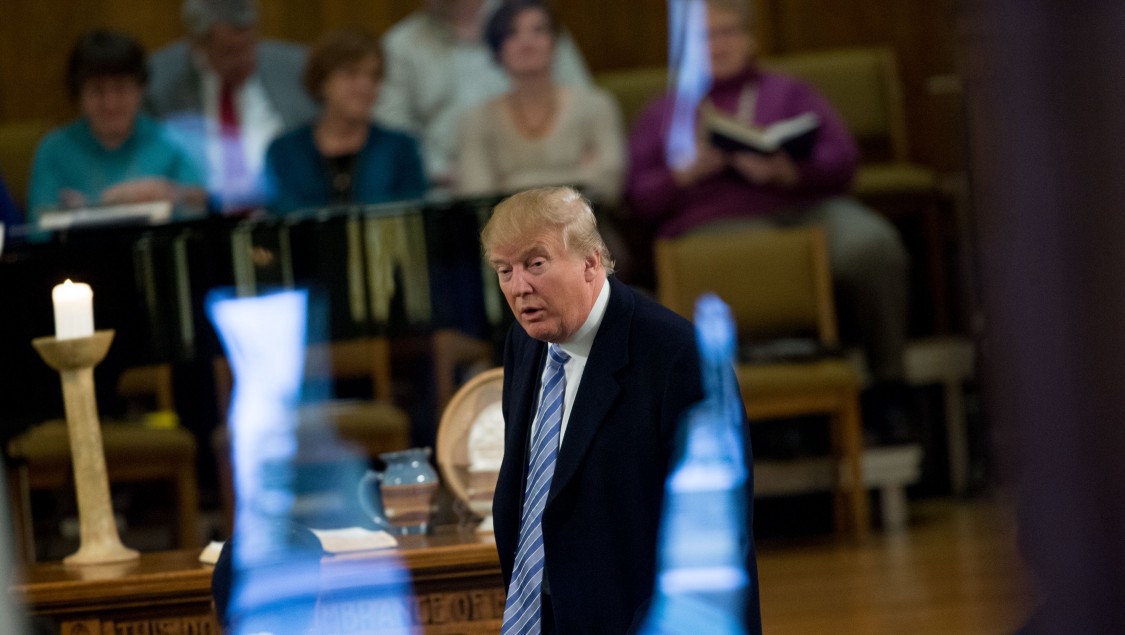
A key photograph from the service, taken from the back of the church, shows Trump arriving and looking for a seat in the pews. Trump faces away from what appears to be four women framed above him in the choir, separated by the communion table. One woman seems to turn to her neighbor, as if to whisper a joke. The disorienting reflections in the foreground and the tilted framing further illustrate Trump’s confusion as he tries to establish a sense of the space. It appears that Trump is just as much a fish out of water at First Presbyterian Church as he was at Nink’s First Christian Church. It’s quite effective as a means of conveying Trump’s relationship with evangelicals; he’s not even really sure what an evangelical is.
But really, who is? If you’re not a conservative evangelical, ask yourself: Where would you go in your city to find one? If it’s at the local Evangelical Lutheran Church in America (ELCA), you’ll probably be surprised. If you are an evangelical, you may be feeling increasingly disoriented as influential leaders jettison the label even as their beliefs remain static. For evangelicals and non-evangelicals alike, the term has become so nebulous as to lose its linguistic usefulness.
Most Americans identify evangelicalism about the same way they identify pornography: they know it when they see it. Like Trump, they might not be that comfortable with it either. (Imagine how you would feel if a stranger suddenly placed his hand on your shoulder to offer you an unsolicited prayer). So watching Trump encounter this ambiguity firsthand actually places him within our experience. It produces a surprisingly relatable image, one that’s almost endearing.
— KC McGinnis
(photo 1: Jae C. Hong/Associated Press. caption: Pastor Joshua Nink prays for Donald Trump at First Christian Church in Council Bluffs, Iowa. photo 2: Mark Wallheiser/Getty Images. caption: August 21, 2015 . Republican presidential candidate Donald Trump greets supporters after his rally at Ladd-Peebles Stadium in Mobile, Alabama. The Trump campaign moved tonight’s rally to a larger stadium to accommodate demand. photo 3: Andrew Harnik/AP Photo. caption: Republican presidential candidate Donald Trump arrives for service at First Presbyterian Church in Muscatine, Iowa, on Sunday.
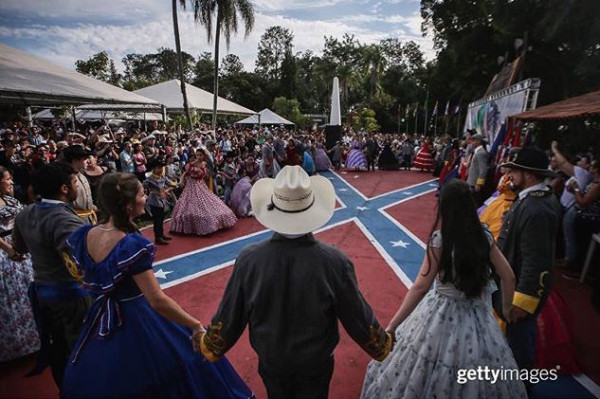
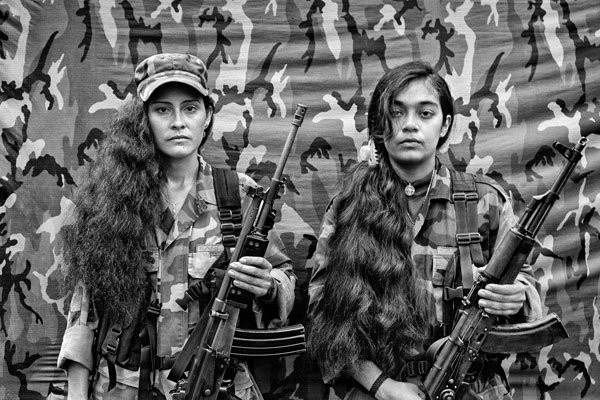
Reactions
Comments Powered by Disqus